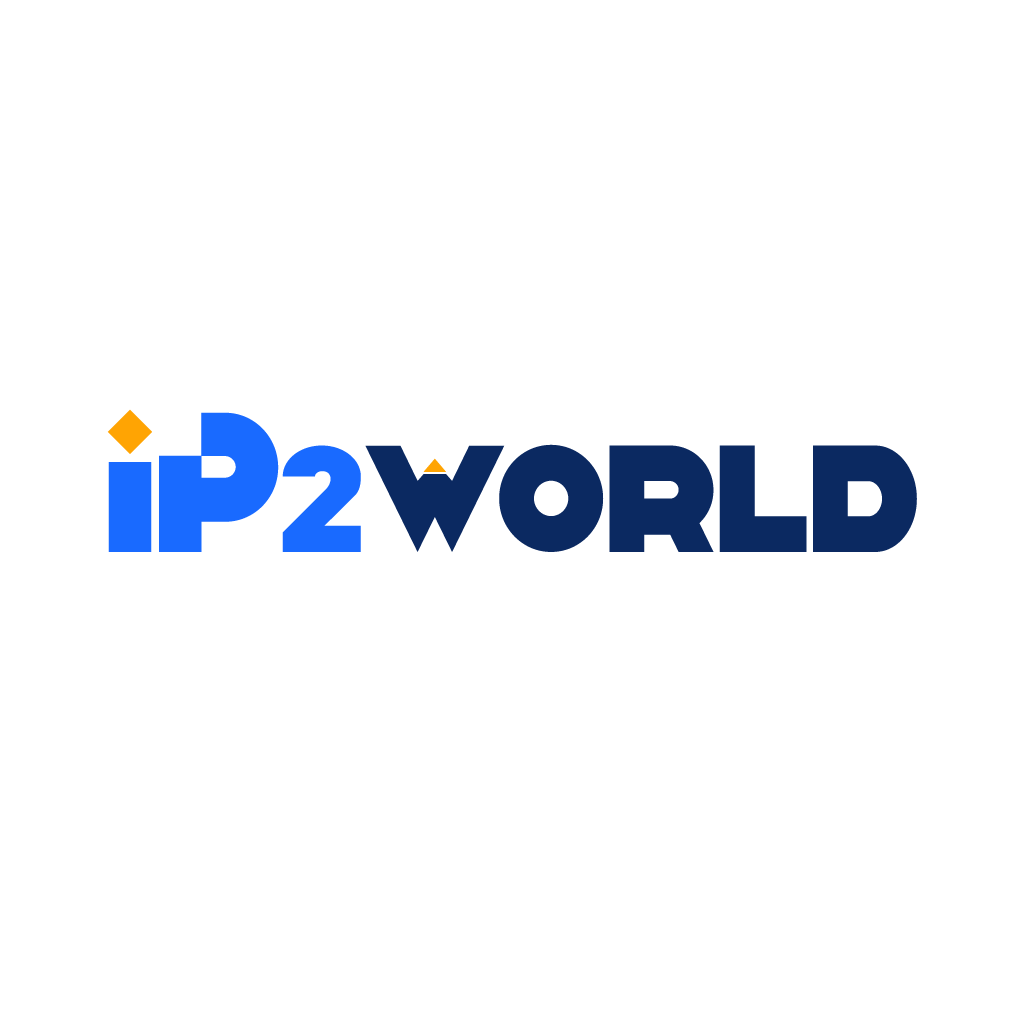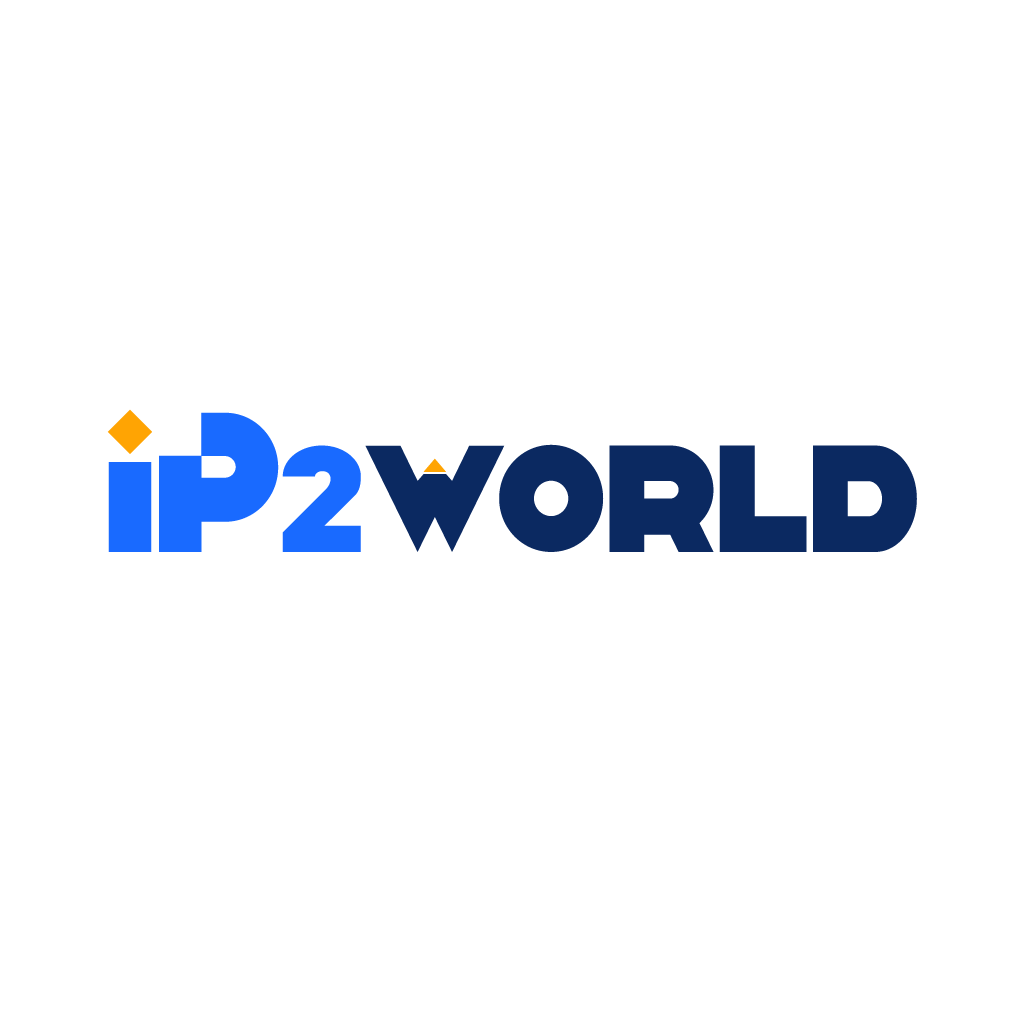Introduction In an era marked by the rapid advancements of digital technologies, the landscape of marketing has undergone seismic shifts. Yet, traditional forms of marketing persist, holding their ground as indispensable tools for reaching diverse audience segments. Recognizing the intrinsic value and unique capabilities of both traditional and digital marketing is essential for any business seeking to navigate the intricate maze of today’s marketing opportunities. This article delves deep into these two contrasting yet complementary approaches, laying out their pros, cons, and ideal use-cases to help you craft a balanced, effective marketing strategy. The History of Marketing: A Deeper Dive The roots of marketing can be traced back to the 19th century when businesses primarily relied on word-of-mouth and simple print advertisements. Newspapers were the primary vehicle for these early advertisements, followed by other printed materials like flyers and billboards. With the advent of radio in the early 20th century, auditory advertisements became an innovative means of reaching a broad audience without requiring them to read a paper or see a billboard. However, it was the 1950s that really marked a sea change in the marketing landscape with the emergence of television. For the first time, businesses could beam advertisements directly into the living rooms of their target audiences. This not only broadened the reach but also brought the power of visual storytelling into the equation. Brands began creating iconic commercials, many of which are still remembered today, like Coca-Cola's hilltop ad featuring people from around the world singing "I'd Like to Buy the World a Coke." Television advertising grew hand in hand with the post-war economic boom, enabling more varied advertising platforms. Major events like the Super Bowl became not just sporting spectacles but also prime advertising real estate. Thus, the 1950s up until the dawn of the internet was truly the golden era of traditional marketing. What is Traditional Marketing: An In-depth Explanation Traditional marketing, as the name implies, includes methods that have been used for years and even decades before the digital age dawned upon us. This comprises a variety of channels like: - Newspapers and Magazines: Print media has long been a stalwart of traditional marketing. Despite declining readership, print remains a viable strategy for specific markets. - Billboards: These large outdoor advertisements are particularly effective in high-traffic areas and can provide excellent local reach. - Television: Offering both reach and scale, TV advertisements are powerful for storytelling and brand building. - Radio: Audio advertisements reach consumers during their commute or workday when they might be more receptive to messages. Each of these channels has its specific strengths. For example, newspapers can target local markets exceedingly well, while television can reach a mass audience with a single ad spot. Traditional marketing methods are particularly effective for targeting demographics that may not be internet-savvy, such as the elderly or children, who often influence parental buying decisions. Advantages of Traditional Marketing: Detailed Insights Wide ReachThe omnipresent nature of traditional marketing platforms allows businesses to reach consumers wherever they may be. A billboard or a TV commercial has the power to catch someone's attention whether they're at home or out and about. SimplicityFor those who find the myriad of digital marketing tools overwhelming, traditional marketing methods can offer a simpler, more straightforward approach. It's a field that many business owners understand intuitively. Audience SpecificityTraditional marketing can be very effective at reaching specific demographic groups, particularly those who aren't digitally connected. For example, radio advertising can be an excellent way to target specific communities through ethnic radio stations. Drawbacks of Traditional Marketing: A Closer Look CostThe financial investment required for a traditional marketing campaign can be significantly higher than digital strategies. For example, a prime-time TV spot can cost thousands of dollars for just 30 seconds. MeasurabilityTraditional marketing methods are notoriously difficult to measure. Unlike digital campaigns, where you can track click-through rates, impressions, and conversions, traditional methods offer more nebulous metrics, such as estimated reach. Time-ConsumingTraditional marketing often involves longer lead times for both planning and execution. Whether it's waiting for a billboard to be constructed or for a TV ad to be approved, the process is usually slower than digital alternatives. What is Digital Marketing? Digital marketing is like a younger sibling to traditional marketing, born out of the explosion of the internet and mobile devices. It comprises a wide range of online strategies, including: - Social Media Marketing: Platforms like Facebook, Instagram, and Twitter offer targeted ad options. - Email Marketing: One of the most cost-effective methods, ideal for customer retention. - Content Marketing: Involves creating valuable content like blog posts, videos, and infographics to attract potential customers. - Search Engine Optimization (SEO): The art of ranking high on search engines to increase visibility. - Pay-Per-Click (PPC) Advertising: Paying for top positions on search engines or to display ads on relevant websites. Digital marketing's flexibility allows for real-time adjustments, making it incredibly agile and responsive to market changes. Advantages of Digital Marketing: In-Depth Review Cost-EffectivenessDigital marketing campaigns, especially those that focus on organic reach like SEO or content marketing, can be incredibly cost-effective, providing a high return on investment. MeasurabilityThanks to advanced analytics tools, the impact of every tweet, blog post, or ad can be meticulously analyzed, enabling a level of optimization that is virtually impossible with traditional marketing. Global ReachThe internet has made the world smaller, allowing even small businesses to reach global audiences at the click of a button. Drawbacks of Digital Marketing: What to Watch Out For ComplexityThe rapidly evolving landscape of digital marketing can be overwhelming for beginners. It requires a constant upskilling to stay competitive. CompetitionLow barriers to entry mean that the digital space is crowded, requiring companies to work harder and smarter to get noticed. When to Use Which: Guidelines for Strategy Development The optimal marketing strategy will often involve a mix of both traditional and digital methods. A local restaurant, for example, might use billboards or local newspaper ads to attract nearby residents but might also employ targeted Facebook ads to lure in tourists visiting the area. Budget considerations play a vital role in this decision-making process. Digital marketing often provides a more affordable entry point. However, the trust and familiarity that come with traditional advertising mediums should not be overlooked. Thus, the choice between traditional and digital marketing isn't an either-or decision. By understanding the unique advantages and drawbacks of each, businesses can craft a comprehensive, multi-channel strategy that maximizes reach, engagement, and ROI. Conclusion Navigating the multifaceted world of marketing today requires a nuanced understanding of both traditional and digital strategies. Far from being mutually exclusive, these two forms of marketing offer a symbiotic relationship that can be leveraged to maximize impact. The appropriate blend will vary from business to business, shaped by factors such as target audience, budget considerations, and specific organizational goals. By meticulously analyzing the merits and limitations of each approach, marketers are better positioned to deploy integrated campaigns that not only capture attention but also convert interest into measurable outcomes. In summary, the road to marketing success is most likely paved with a strategic mix of traditional and digital tactics, each amplifying the other's strengths.
2023-09-01

